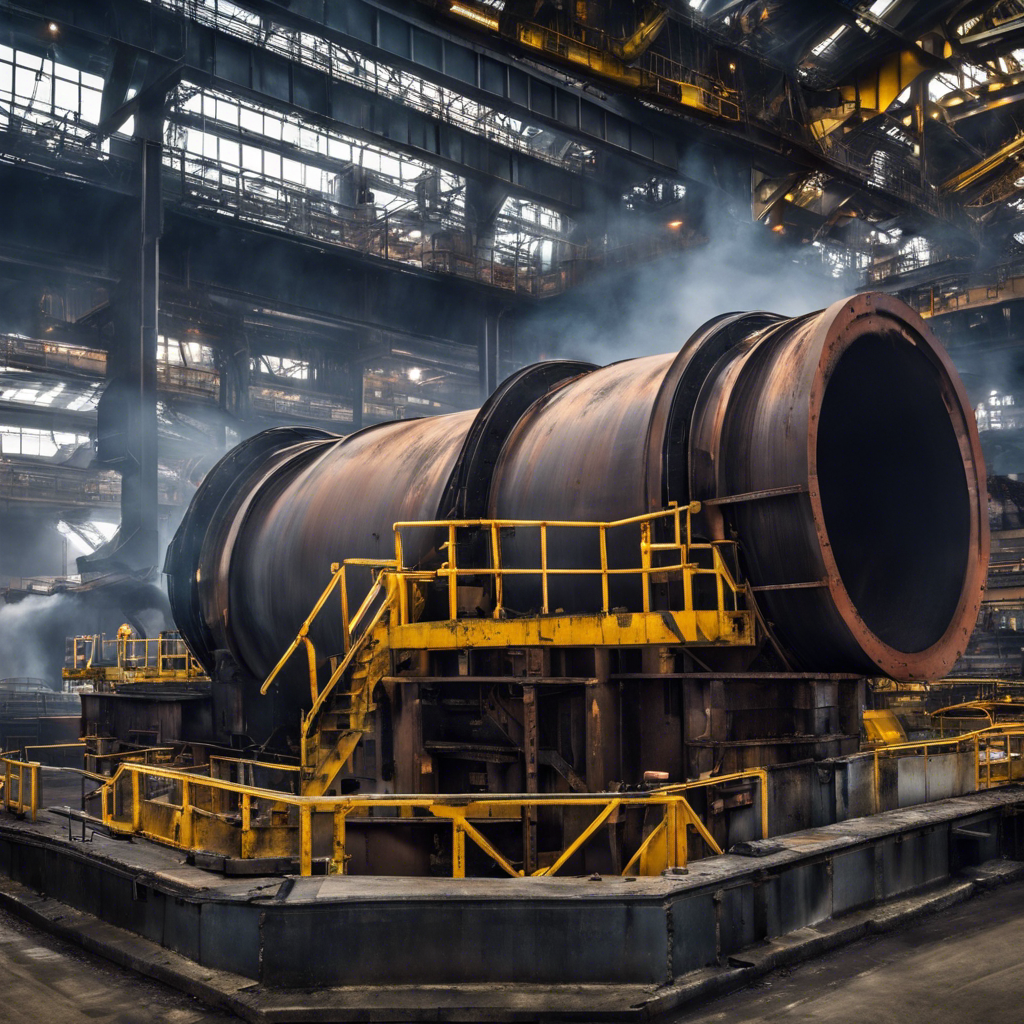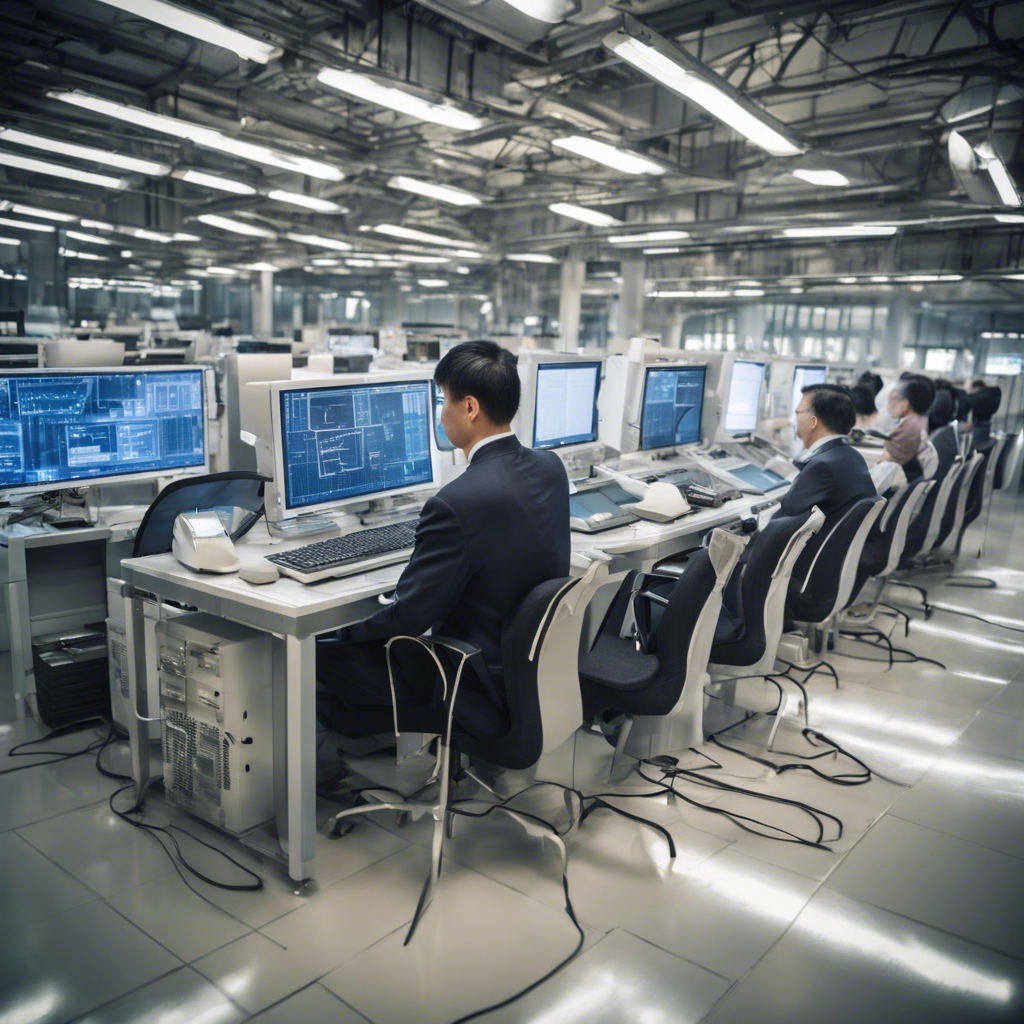Replacing blast furnaces with electric arc furnaces marks a significant step towards a greener future for the steel industry.
British Steel has unveiled an ambitious £1.25 billion plan to replace two blast furnaces at its Scunthorpe plant with electric arc furnaces, a move that aligns with the UK government’s commitment to invest in sustainable steelmaking. This shift to electric arc furnaces, which use up to 100% scrap steel as raw material, promises a substantial reduction in carbon emissions. As the world transitions to a more sustainable future, steel, the world’s most commonly used metal, must adapt to meet the demands of a greener economy.
Electric Arc Furnaces: A Game-Changer for Steelmaking
The advantages of electric arc furnaces over traditional blast furnaces
Traditionally, steel production has relied on the blast furnace-basic oxygen furnace method. Blast furnaces separate iron ore into its component parts, iron and oxygen, by combining it with carbon, usually coal. This process produces iron and carbon dioxide, which is then converted into steel using a basic oxygen furnace. However, this method emits an average of 2.32 tonnes of CO₂ per tonne of steel produced.
Electric arc furnaces, on the other hand, generate a high-temperature arc between graphite electrodes, melting metal inside a chamber. This method allows for the use of up to 100% scrap steel as raw material, significantly reducing carbon emissions. By switching to electric arc furnaces, emissions can be reduced to 0.67 tonnes of CO₂ per tonne of steel produced when using 100% scrap steel. Furthermore, the electricity needed for electric arc furnaces can potentially come from 100% renewable sources, further enhancing the sustainability of the steelmaking process.
The Rise of Recycled Steel
The environmental and economic benefits of using scrap steel
Steel is the most recycled material globally, with approximately 680 million tonnes of scrap steel recycled in 2021 alone. This recycling effort saved nearly 1 billion tonnes of CO₂ emissions compared to using virgin steel production. However, in 2021, the UK exported over 8.2 million tonnes of steel scrap, highlighting the need to collect and sort scrap steel domestically to meet the growing demand for steel.
It is essential to consider the quality of scrap steel used in electric arc furnaces, as it can affect the properties of the resulting steel. Research, innovation, and skills development are necessary to ensure a successful transition to lower-carbon steelmaking methods. Finding and sorting the right types of scrap material, confirming material properties, and increasing supply chain understanding of electric arc furnace steelmaking are crucial for maintaining a wide range of steel products in the UK.
The Global Race for Sustainable Steelmaking
International efforts towards greener steel production
Across Europe, there is a race to secure investments for sustainable steelmaking technologies. Sweden’s Hybrit project, a collaboration between major steel producers, is already underway and aims to achieve fossil-free steel production. Additionally, H2 Green Steel in Sweden has secured €3.5 billion to build a hydrogen-powered steel plant.
Germany has allocated €2 billion to support Thyssenkrupp, a multinational steel company, as part of its industrial green transition. ArcelorMittal, the second-largest steel producer globally, has also announced green investments in their plants in Belgium and Spain, totaling over €1.2 billion.
The UK’s Path to Green Steelmaking
The need for government and private sector investment
While the UK government has yet to publish an industrial strategy, organizations like the Energy Transitions Commission have produced roadmaps for decarbonized steelmaking in the country. These roadmaps emphasize the importance of government and private sector investment in low-emission steelmaking technologies. With the right support, the UK has the potential to become a world leader in green steel production.
Conclusion:
As the world faces the challenges of climate change, the steel industry must adapt to reduce its carbon footprint. British Steel’s £1.25 billion plan to replace blast furnaces with electric arc furnaces is a significant step towards sustainable steelmaking. By embracing electric arc furnaces and prioritizing the use of recycled steel, the industry can significantly reduce its carbon emissions. However, to achieve a greener steel industry, it is crucial for governments and private sectors to invest in research, innovation, and skills development. The future of steelmaking lies in lower-carbon methods, and the time to act is now.











